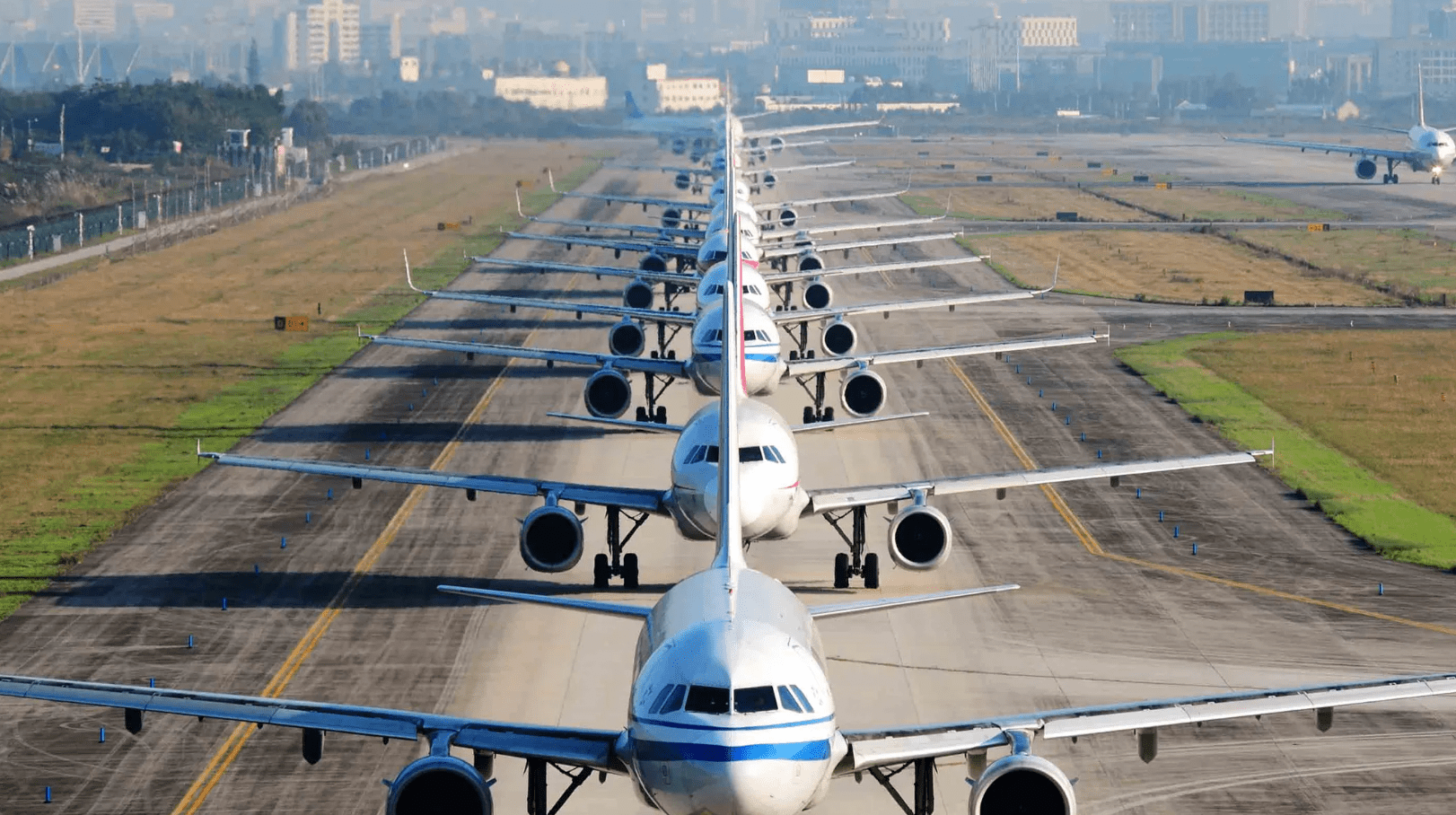
What are ATC ‘Slots’ & ‘Ready Messages’?
It’s a word nobody likes to hear just after boarding an aircraft….But what are ‘slots’? And why are passengers often made to spend multiple hours sat on a stationary plane waiting for them?
Share Post
The surge in demand for airline pilots during 2024 has propelled the profession into the spotlight. However, navigating the pathway to become an airline pilot is as dynamic as the industry itself, undergoing continuous evolution. This journey varies not only from country to country but also from airline to airline.
As an operational airline captain, my goal is to provide you with an up to date guide outlining the optimal routes to enter this industry for aspiring aviators. While the focus will primarily encompass the UK and Europe, the insights shared are also applicable to those venturing further afield including the US & Canada.
For a comprehensive, step by step guide to becoming an Airline Pilot – Grab our book “How To Become An Airline Pilot In 2024” here!
Table of Contents
ToggleThe more traditional way to gain your Airline Transport Pilots License (ATPL/ATP) is to work your way up through the different licenses and ratings, or go through to military,
Whilst it gives you a great varied experience, it’s a very long-winded way in comparison to what’s available out there now if your end goal is the airlines. It also relies on you being able to land different jobs at various stages of your flying career, on your path to getting into the airlines.
The best way these days is to join a recognized flight training center / airline pilot training school.
I’m not talking about your local flying club or small aviation school here, long gone are the days where the only way in is to build a PPL, then a CPL, then FI etc. These are big multimillion pound training centres that will take you from 0 hours all the way through to the right hand seat of a jet, often in under 2 years. Infact, some of them won’t let you in if you already have a PPL!
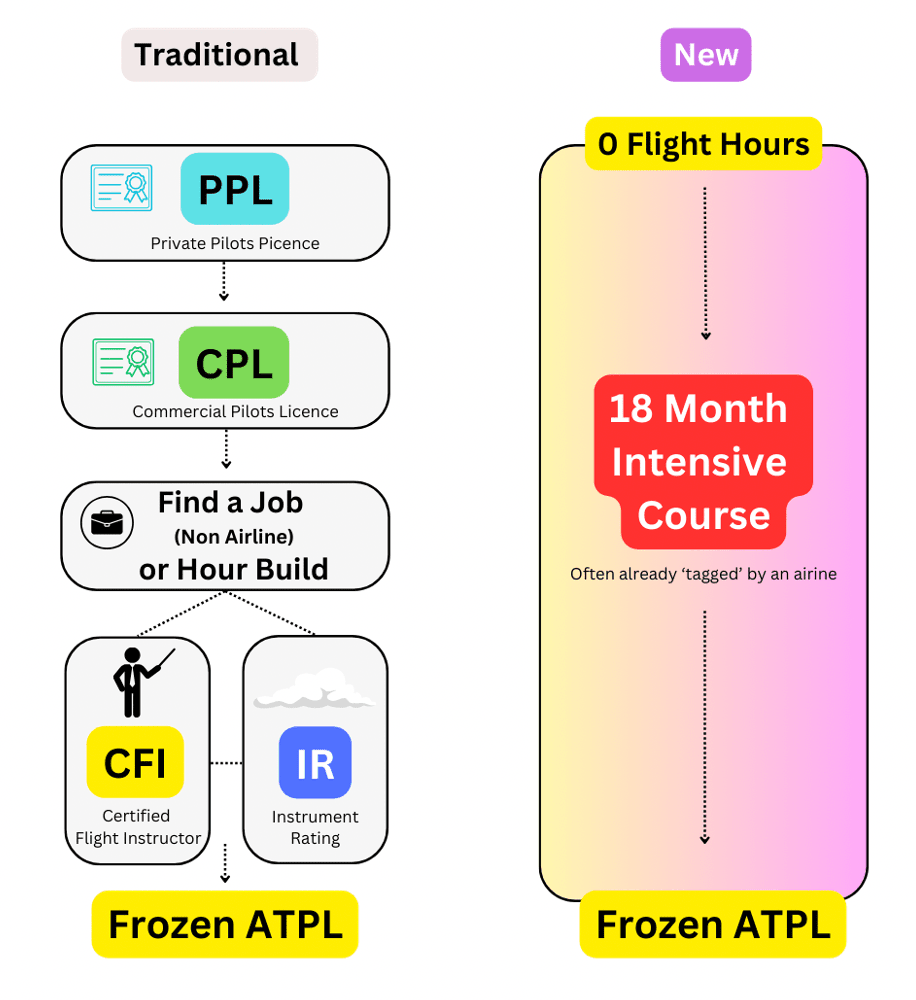
There are a few main flight training schools in the UK , each of which offer a variety of courses and schemes, which will in turn have their own selection criteria. I will do a piece on comparing the different centres and courses but for now, you’ll have to do some more research into individual courses. The most popular flying schools in the UK right now;
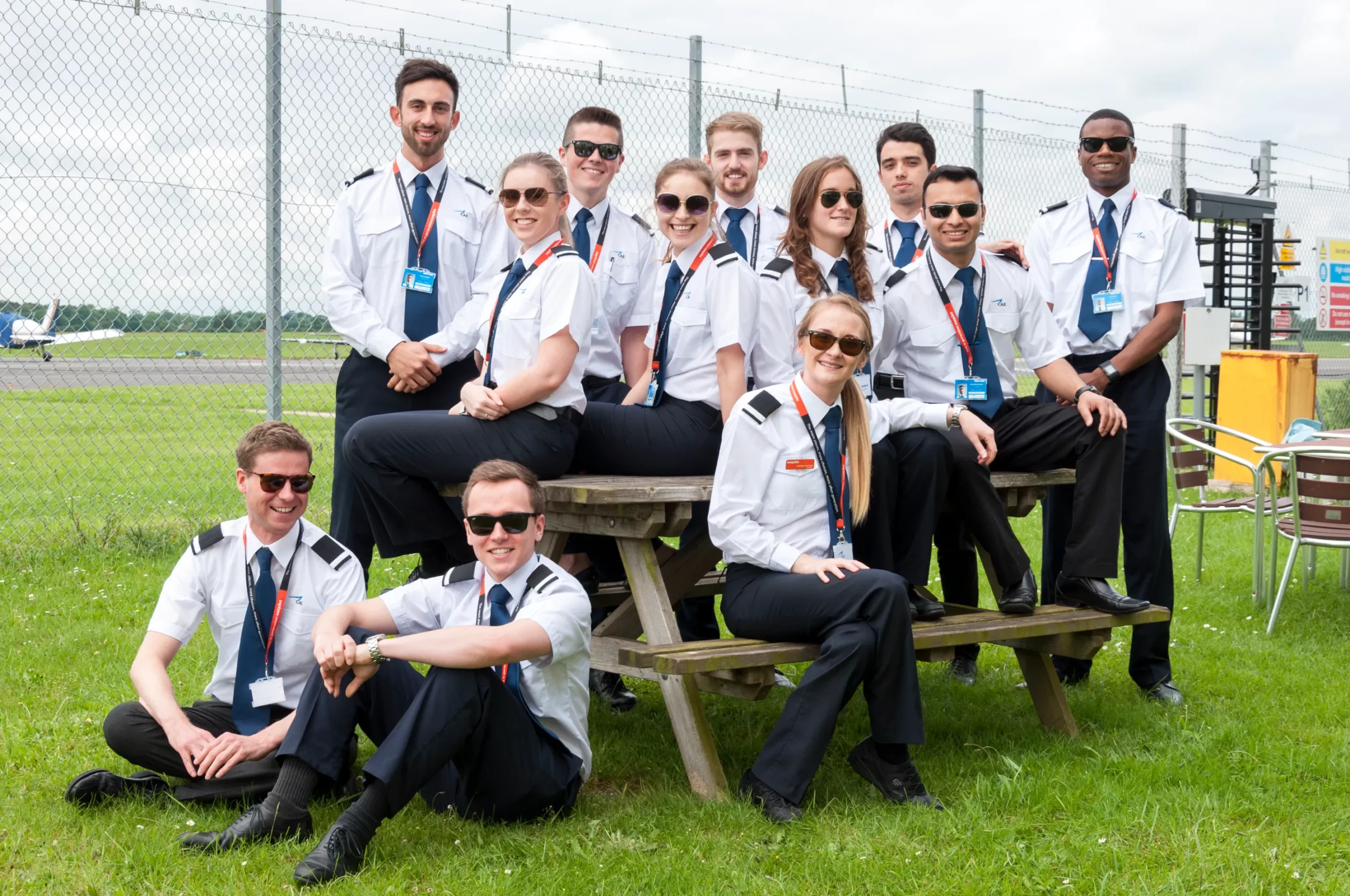
Another route that should always be taken into consideration is the military. Not only will you forge great bonds and enjoy epic adventures on this path, but the camaraderie you’ll find there will be incomparable to much else. Another impressive perk?…..You don’t have to fork out a penny for flight training. The military will pay you to learn to fly!
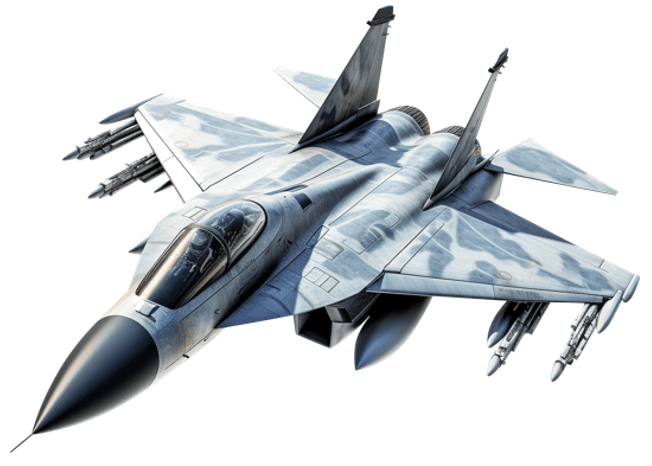
There are a few things to consider with this route. There will be a ‘minimum term of service’ you’ll have to complete; this usually sits somewhere between 8-12 years for a short commission. This minimum term is essentially so the military don’t invest all this money into you, then you leave. (In the UK it costs the RAF an estimated £5million to train a fast Jet pilot. Fair enough!)
When you leave the military, you likely won’t have the correct type ratings for commercial airliners. However, lots of airlines offer specific military conversion courses. It’s a well-trodden path (military into airlines) so you shouldn’t have many issues with the transition.
With the military, you’ll also be away from home a lot. You could be sent into hostile environments which bring with them obvious risks.
Another thing to consider nowadays is pilot training delays. In the UK at least, right now people are joining the RAF as ‘Pilots’ but due to a training backlog, having to wait up to 5 years until they can actually start pilot training. During this time, you’ll likely be given office-based roles. Whilst this backlog is in the process of being cleared as I write, it is still there. It’s worth asking your local military careers office about it for the most up to date news.
If it’s a path you’d consider, my advice would be to go on base visits. Speak to your local military recruitment office and explain that you’d love to go and speak to pilots on the base of your choice. I did this when I was considering it, and it was unbelievably insightful. I stayed on a fast jet base, and a helicopter base. It gave me a feel for everything and the opportunity to ask all the questions I wanted. It actually sold me on applying! (Unfortunately, a medical issue prevented my application from moving forwards).
TOP TIP: If you’re still in school, college, or university, and interested in the idea of the military, I’d urge you to join the Air Cadets or University Air Squadron. You’ll get a real feel for military life without having to fully immerse yourself, and you’ll also get some free flying experience!
I’m yet to meet an ex-military pilot who didn’t thoroughly enjoy their time there!
Usually after 8-10 years you’ll be able to leave and look to join the airlines. Most airlines have their own routes open to ex-military pilots, however you shouldn’t struggle passing any normal selection routes as you’ll likely be a huge asset to any airline.
See the below for pilot recruitment pages;
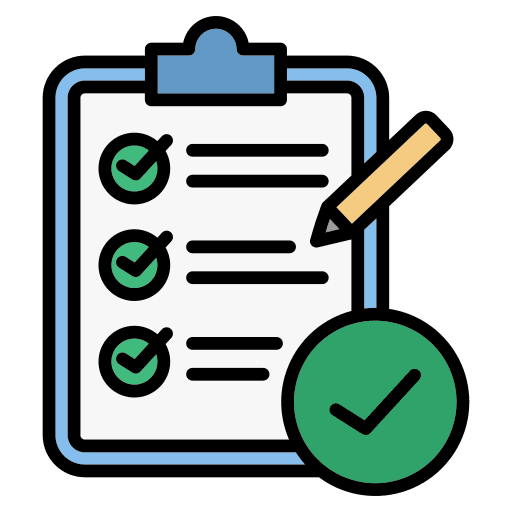
There are certain requirements you will need to get started in the industry:

You do not need a degree to get into flight school. This is a common misconception. Whilst the educational requirements vary from fight school to flight school, airline to airline, and country to country, gone are the days where a degree is necessary.
You will require some sort of secondary education: Basic requirements in the UK to apply to large flight schools will be 5-6 GCSE’s, or equivalent, grade A-C (5-9). Airlines can be slightly more specific when recruiting pilots. British Airways for example states that 3 of those GCSE subjects must be Mathematics, English and Science.
Major airlines in the US used to require a bachelor’s degree, but with the current pilot shortage, this is no longer the case. Whilst a degree may help your application, know that it’s currently not a necessity.
If you don’t have the required educational grades, I’d absolutely recommend a chat to the airline or flight school anyway to let them know where you’re at with things (they may be able to help). These requirements do change from time to time, so check the flight school website.
For those interested in gaining a degree and unsure of whether to do that first, we have an entire blog post on that topic here. Most flight schools now offer courses where you study for a degree alongside your flight training which is a great way to kill two birds with one stone. More info also available in our book.
Whilst you can start having flying lessons at whatever age you want, 17 is the youngest age at which you can gain a Private Pilot’s License. It’s also the minimum age to apply to large training schools for an Airline Training Course. Most won’t allow you to actually start training until your 18th birthday.
This is because you have to be 18 to gain your CPL & IR, and therefore a Frozen ATPL (more on this later). You have to be 21 to ‘Unfreeze’ the ATPL.
55 tends to be the top end for entry onto a large Airline Training Course as the current pilot retirement age is 65.

This is an important one! You’ll be required to hold a ‘Class 1’ medical certificate before you get anywhere near the front seat of a jet. It’s the highest level of medical certificate you can get in aviation, and therefore the most stringent.
It’s a high cost to get your initial medical done (currently £700/$800). After this, you’ll be required to renew your medical certificate yearly at a minimum, throughout your career. The cost for renewal each year sits at around £250/$300, but most airlines will re-imburse you for this renewal cost each year once you’re employed.
I’d strongly recommend you invest in an Initial Class 1 Medical before you go much further. Booking one in as soon as you’ve passed selection day would be a smart idea. Some schools may even ask you to do this before. It’s a very thorough examination and can take up to 4 hours.
The examination will include the following:
Getting this done early gives you lots of time to explore any issues that crop up in depth. It could bring up something that may temporarily prevent you from getting a class 1 until the problem is sorted out. Worst case, it may highlight something that will preclude you from ever gaining a Class 1 and therefore a career as an airline pilot. As disheartening as that could be, it’s best to know this before investing too much time or money into things.
This link takes you to the CAA website, where you can book to get your initial Class 1’s in the UK.
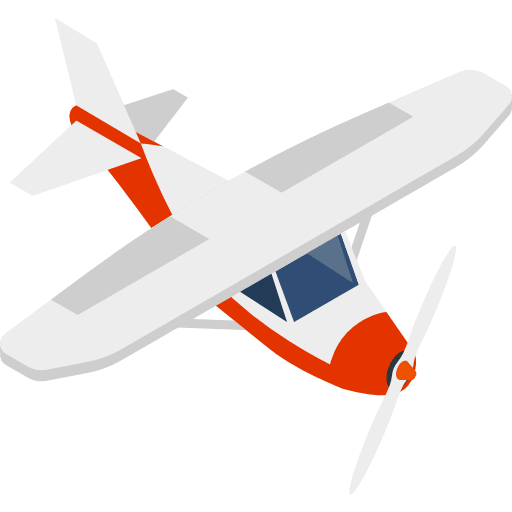
To apply to most flight schools as a cadet, no flight experience is necessary. I’d suggest it’s a good idea to at least have an experience flight in a light aircraft at your local airfield if you haven’t already. It shows willingness on the selection day, but more importantly gives you an idea of whether you enjoy flying!

Pilot training can be expensive. The cost of a fully integrated airline course in 2024 currently sits at around £100,000/$110,000. This package includes everything; accommodation, training, exam fees etc. Modular is often cheaper as you’re not paying for accommodation & everything else. Now, you have a few different options here, and what the schools/airlines offer to help you out financially is constantly evolving.
Most people don’t have that sort of money sat around, so there are special banks out there who will loan you this money specifically for flight training (Optimum Credit in the UK). You can of course also look to borrow the money from a normal bank or family if you’re fortunate enough! Both types will often need the loan backed against a house or something of similar value.
Some airlines will ‘sponsor’ you on certain courses. Be aware, there is a big difference between ‘sponsor’ and ‘fully funded’ in the airline world. ‘Sponsor’ still usually means you’ll be expected to stump up the training money, but they’ll guarantee you a job at the end of the training course. Some airlines may underwrite the loan for you. (These courses are also known as being ‘tagged’ by an airline)
Part of the ‘sponsor’ offer will likely be that they’ll ‘pay back’ the loan over a set amount of years, once you’re fully employed and flying for them. Be aware, although often this loan repayment money can be tax free, those pilots on a loan repayment scheme will often be on a smaller salary than those not, with the ‘loan repayments’ making up the difference. Whilst schools may advertise this as paying your loan money back on top of your salary, what they’re doing is paying you a normal first officer salary, and claiming part of that salary is your loan repayment.
You may also be ‘bonded’ to the sponsor company for a set number of years. If you choose to leave during this time, there will often be financial penalties involved. Each and every contract will be different, so be sure to read into the small print, but hopefully the above gives you a general overview and an idea of what questions to ask each employer if looking at a sponsored scheme.

Having to stump up 6 figures yourself for airline pilot training is a relatively new concept, and with the current pilot shortage, one that is hopefully on its way out!
Back in the day (30-40 years ago) airline courses would all be ‘fully funded’. If you passed selection day (sometimes this would require a PPL or CPL), the airline would cover the cost of everything else, so long as you fly for them once you’ve completed training.
Fully Funded courses are now making their way back into fashion, but at the moment they’re few and far between, so they’re incredibly competitive to get onto. If you read, understand, and apply the learnings from this book, it will hopefully give you a great shot at getting your place on one should you wish to go down that route.
Current airlines offering fully funded courses in the UK are TUI and British Airways. EasyJet are expected to join them very soon. These are exactly as they sound; you don’t stump up any cash. However, you will be on a reduced salary once you start flying for the airline for a set number of years. It’s a great way of overcoming the large initial financial hurdle for many, and opening the door to the industry for those who couldn’t previously afford it. I’m really happy they’re making a re-appearance and it’s the direction the industry is heading in.
I’ve listed a few of these fully funded pilot training schemes below;
BA Fully Funded Future Pilot Scheme
My recommendation would be to make use of the fully funded pilot training courses whilst they’re here!
There are also small scale sponsorship schemes out there that can help you with gaining certain ratings or aspects of flight training. They’re often provided by a small company or individual, and are definitely worth keeping an eye out for. Do some google searches to find them, and check places like Flight Training News, who each month include a list of live scholarships up for grabs.
As mentioned previously, if you go down the military route, you’ll get paid to learn to fly. Although the training salaries aren’t often that high, all your expenses (gym, living, food) are heavily subsidized. The flight training will be top notch and you’ll get to experience a vast range of aircraft.
After basic training in light fixed wing aircraft, you’ll be streamed onto the category of aircraft that you’ve been selected by that force to fly. You can select a preference here but it’s worth noting you won’t get any final say (You may end up flying rotary when you wanted to fly fast jets!). Either way, it’s a way to work towards becoming an airline pilot that you won’t have to pay for.
This actually comes before choosing your flightschool. Do your research into the lifestyles at different airlines and see if you can decide which airline you’d like to fly for to start with. It’s not definitive, you can always start your career with one airline, then move to another, but it’s good to have some direction. Most join flight school without a set airline to aim for, but I think it’s good to have a goal in mind. For tips on the best ways to do this research, grab our book here which will provide you a variety of proven methods to get the most accurate and up-to date information from current pilots in that airline.
Check before you do anything which training centres your chosen airline either runs sponsored courses with, or takes their cadets from. Often airlines will have contracts with flight schools, so when they need First Officers, they will always take cadets from that flight school’s holding pool.
These contracts are usually multi-year deals, although they can and do change provider when the contract is up and another flight schools wins the contract with the airline. A prime example is easyJet in the UK. They used to take their cadets from L3 Harris, now the contract has changed and they take the majority from CAE. Therefore, if you wanted to end up at easyJet, your best bet would be to go through training with the CAE flight training centre.
Each flight school will usually do their ground school, basic and advanced flight training in different places. Whilst accommodation is part of the package, you should consider a) How far it is from home if you’ll want to regularly return, and b) The opportunity each destination can bring you.
As an example, when I went through flight training in the UK, one flight school did their basic training in New Zealand, another in Spain, and another in America. The opportunity to go and live in New Zealand (and fly around it!) greatly appealed to me and played a part in my decision.
With the financial barrier to entry being so high for flight training, probably equally as important as the above is seeing how each flight school can help you finance the training. Each will have slightly different finance options and ‘sponsored’ scheme options.
If you can apply to a fully funded airline scheme, even if it’s not with the airline of your choice, I’d seriously urge you to go for it. You can always do the minimum term required at that airline, then move to the airline you originally had in mind. It may mean a few years working at an airline that wasn’t your end goal, but you’ll be financially better off, and the variety of experience will be good for you. The only thing to consider here is you may need a type rating if the airline you want to move to operates a different type than you already fly, which you might have to fund yourself (Circa £20-30k / $25-38k).
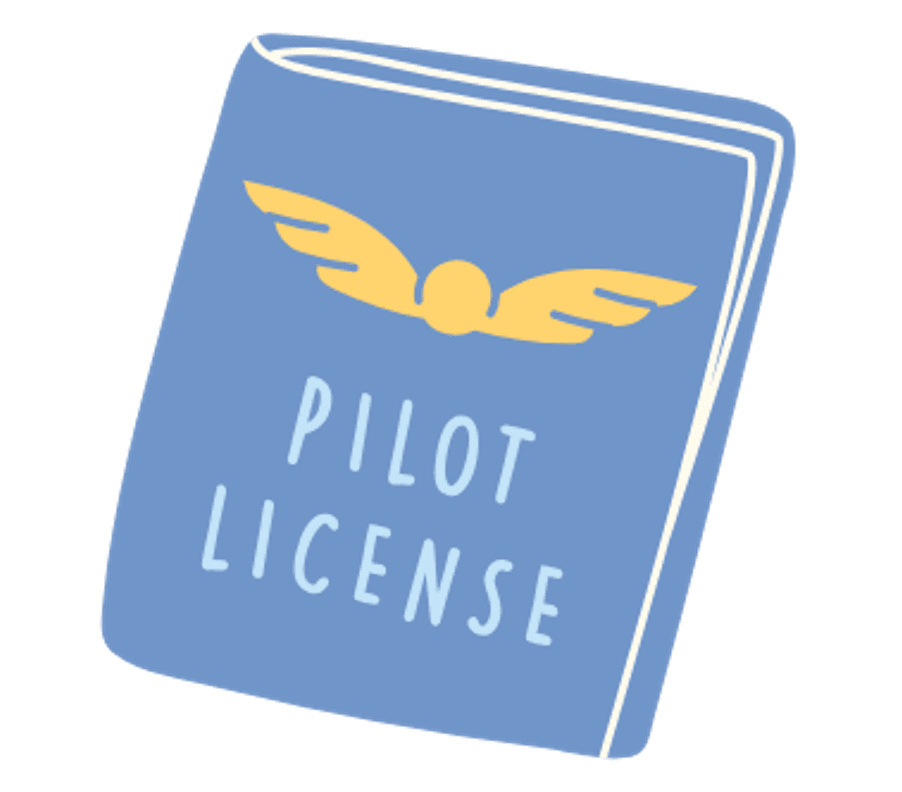
This is an important but confusing topic, so I’ve given it its own section. It will definitely have a part to play in your choice of flight school. There are a few different types of licenses you can get nowadays to fly an airliner. To add another layer of complexity, each licensing issuing authority has their own set of rules and restrictions for gaining a license in their region. This is very broad subject, so I’ve tried to break it down as simply as possible.
Traditionally, holding an ATPL (Airline Transport Pilots License) was the only way to get into the right hand seat of a Jet. Now there’s a new kid on the block; MPL (Multi-crew Pilots License). Large flight schools tend to now offer a selection of ATPL and MPL courses. So, what’s the difference?
ATPL: To get a full ATPL (Known as ATP in USA/Canada), you need 1500 flight hours. So how do pilots become first officers with only 250 hours? This is where the term ‘frozen ATPL’ comes in. If you’re on the more traditional training route (PPL > CPL etc), once you’ve got your CPL and IR (Instrument rating), and passed the 13 ATPL Theory Exams with a pass mark of 75% of more, you can combine these into a ‘Frozen ATPL’. This license allows you to apply for jobs and operate as a first officer.
To turn it into a full ATPL, you have to sit an ATPL Skills test once you’ve hit 1500 flying hours (usually a raw data ILS in the simulator – this unfreezing will be paid for by your company If you’re with a reputable airline) and it has to happen within a time limit (currently 7 years from gaining your Frozen ATPL). You then have a fully unrestricted ATPL!
MPL: This is a relatively new space in the industry, and it achieves the same end goal of getting you a fully unrestricted ATPL, but in a slightly different way. It’s now widely recognized and hugely popular amongst training schools and airlines alike.
With an MPL course, you don’t go through the process of gaining your PPL, CPL etc. Instead, you hit a set number of required flight hours in each aircraft type, before moving on to the next phase of training. The main portion of your training will actually be spent in large simulators rather than light aircraft.
The MPL is a more modern way of training airline pilots. It’s technically more restrictive than a frozen ATPL as it only allows you to operate in multi-crew environments, however it will often get you to the front seat of a jet much faster. You’ll often be arguably more comfortable than your ATPL counterparts operating the jet when you get there, since the training is focused on your end aircraft type from the start.
You will have spent much longer in the simulator of the aircraft you’ll be flying (up to 200 hours) and spent much less time in a smaller aircraft (only 85 hours needed). You’ll also be using your company specific SOP’s (Standard Operating Procedures) throughout the entirety of those 200 sim hours which means you’ll be much better prepared when you start operating on the line.
MPL schemes are usually ‘tagged’, so you know which airline you’ll have a job with at the end of the scheme when you start. This is because they’ll need to know which SOP’s and aircraft type to train you on in the simulator phase, hence why I’d advise deciding the airline you want to work for first, as it will sway your flight school decision. Another benefit of this is that you have your job ‘guaranteed’ from the start, whereas ATPL trainees usually complete all their training, and then look for jobs. (obviously no job will be 100% guaranteed in the airline industry, but it’s the best guarantee you’ll get!)
The above means an MPL course is often shorter, and cheaper than gaining a Frozen ATPL.
Once you hit 1500 hours, you can convert your MPL into an ATPL through sitting the same skills test as if you had a Frozen ATPL.
With an MPL, as you haven’t technically gained your PPL, CPL etc along the way, if you wish to fly single engine pistons in your spare time, you have to undertake a set amount of training in SEP (single engine piston) aircraft (5 hours in the UK currently), followed by a skills test. This will enable you to take friends and family up.
***In the USA/Canada, due to the 1500 hour rule, the MPL hasn’t really taken off (pun intended), although some schools do offer it. Either way, you’ll need to get 1500 flight hours before you can take the step into a jet, so even MPL courses will likely involve you gaining a CFI rating and therefore being able to earn whilst you build hours.***

My personal thoughts on MPL vs ATPL;
I was on one of the first MPL pilot training courses back when it was considered risky and slightly unchartered territory, however times have now changed and I think the airlines actually prefer MPL cadets.
The training is much more in line with that of the specific airline operations as you’re learning their SOP’s from day 1.
Two criticisms the MPL faced were that cadets didn’t have enough ‘real life’ flying experience, and that they would be stuffed if their sponsor airline went bust or had to make redundancies. Their cadets would effectively be left with an ‘MPL’ that was specific to an airline that no longer existed.
To counter these points; Almost all large airlines are now offering MPL courses as they’ve seen the heavier focus on sim work actually outweighs the lack of light aircraft flying. With regards to airlines going bust; I’ve known many pilots who’s airline unfortunately dropped them or went bust during their training course. They were immediately picked up by another airline. I’m currently unaware of anyone who’s got ‘stuck’ with a half completed MPL license.
MPL is likely to be the future of pilot training.

Each nation has its own licensing issue authority. Brexit brought changes to license restrictions to one side of the pond. CAA (UK Aviation regulatory body) license holders can no longer fly EASA (EU Aviation regulatory body) registered aircraft, and vice versa.
This not only causes havoc for airlines with bases across different nations, but it also means you’ve got another decision to make before flight school.
If you’re looking to be based in the EU, you’ll want an EASA license (although you’ll first want to consider your residency and rights to work in the EU). If looking in the UK alone, you’ll want a CAA license.
Some flight schools now will offer the opportunity to get dual rated, which means you’ll come out of training with both an EASA license and a CAA one. If you get this chance and being dual rated is something you want to do, super! You may have to sit some written exams and skills tests twice, but you’ll save yourself having to do lots of the flying hours twice.
Being dual rated opens up your job opportunities and employability. It’s not the end of the world if you don’t gain it however, as long as you have your end airline/company in sight and know which one they require. You can always add the other license on at a later date if you need it, you’ll just have to hope the ATPL theory hasn’t dropped out your head for those exams you have to re-sit!
If getting dual rated is something you’re interested in, or you can’t decide which licence you should go for, this website piece by Bristol Groundschool is really helpful. (https://www.bristol.gs/which-licence-easa-or-uk-caa/).
Getting from application through to the right hand seat of a jet will take you around 18 months and contain many different stages – as outlined below.
To learn more about exactly what each stage consists of, and how to ace both your application and your selection day to give you the best possible chance of a course offer, grab our book which will give you in-depth guidance. I will be doing a separate post on how to smash your selection day, but until then the book if your best bet!
Flight school itself also consists of multiple different stages as outline here;
Again, for an in-depth look at each stage and how to get through it, our book is the best tool out there that we’ve come across (& the reviews on amazon tend to agree!).
Want to learn more about anything discussed above? I wrote ‘How To Become An Airline Pilot’ which includes everything you need to know to get through the entire process in the most efficient and effective way possible. I got from cadet to captain in 7 years and I’m confident that if you follow the steps in the book anyone can do exactly the same.
Hopefully the above gives you a high-level summary of what’s what when it comes to how to become an airline pilot in 2024. There’s no right or wrong, and each individual will have a way that suits them best.
If you have any questions about pilot training, please leave them in the comments below and I’ll do my best to answer them!
PilotBible Book – How To Become an Airline Pilot in 2024
Helpful page for EasyJet Pilot Recruitment
Job Search – Aviation Job Search
Our A Day In the Life Of blog will give you an insight into what each job can really be like
Recent insight from our Captains Diary – Managing the Grey: Birds


It’s a word nobody likes to hear just after boarding an aircraft….But what are ‘slots’? And why are passengers often made to spend multiple hours sat on a stationary plane waiting for them?
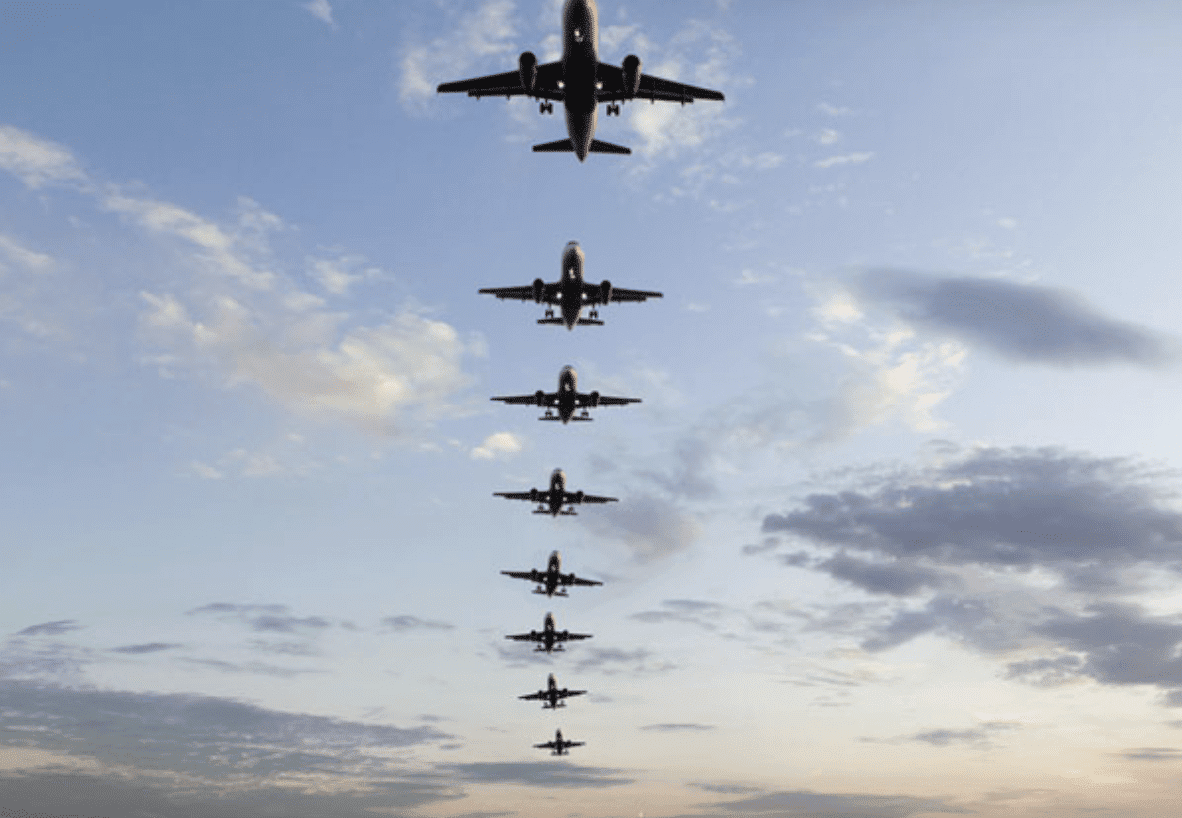
Airline pilots have to make critical decisions under pressure and today was no different. Here’s an insight into the process behind one…
Copyright © 2024 Pilot Bible